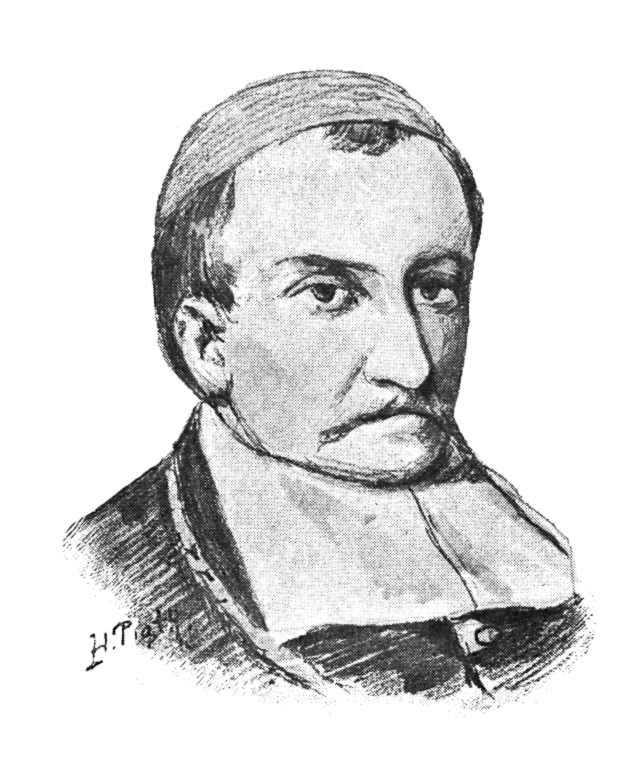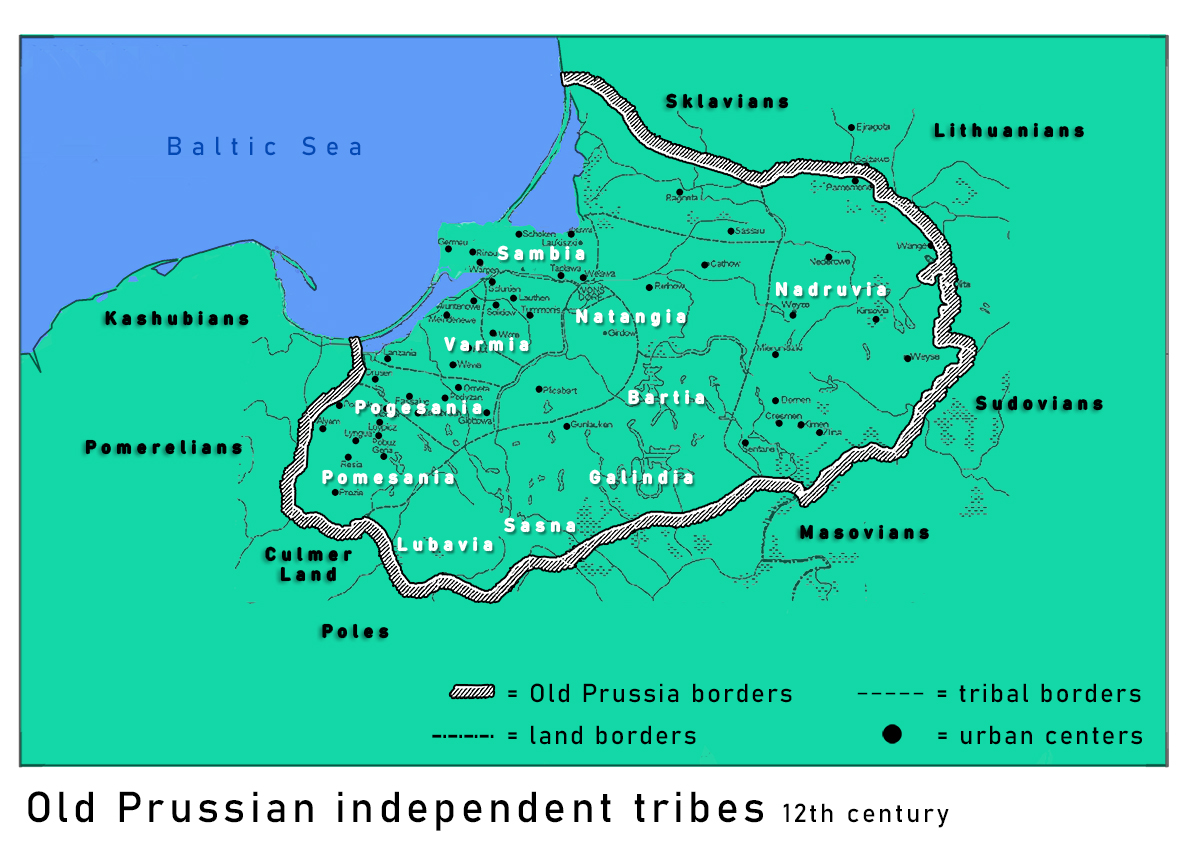|
Selencia
__NOTOC__Selencia was an early 12th-century entity at or near the southern coast of the Baltic Sea, mentioned only in the chronicles of Gallus Anonymus, who listed it as one of three northern neighbors of Piast Poland around 1115 (the other ones being " Pomorania" and " Pruzia." It has been proposed that Selencia was a misspelling of Luticia, or that Selencia was a short-lived state centered on the Oder estuary, probably destroyed when in 1122 Boleslaw III Wrymouth of Poland defeated, according to the annals of Cracow, a ''"Zuetopolc dux Odrensis."'' Gallus Anonymus Selencia is mentioned twice in the first book of Gallus Anonymus' ''Gesta principum Polonorum (The Poles' princes' deeds),'' a chronicle composed in Piast Poland between 1112 and 1118 to glorify the Piast dynasty in general, and the contemporary Piast ruler Boleslaw III Wrymouth in particular. The first mention is written in the present tense, describing Boleslaw III Wrymouth's fight against his pagan neighbors at the ... [...More Info...] [...Related Items...] OR: [Wikipedia] [Google] [Baidu] |
Gesta Principum Polonorum
The ''Gesta principum Polonorum'' (; "''Deeds of the Princes of the Poles''") is the oldest known medieval chronicle documenting the history of Poland from the legendary times until 1113. Written in Latin by an anonymous author, it was most likely completed between 1112 and 1118, and its extant text is present in three manuscripts with two distinct traditions. Its anonymous author is traditionally called Gallus (a name which means "Gaul"), a foreigner and outcast from an unknown country, who travelled to the Kingdom of Poland via Hungary. Gesta was commissioned by Poland's then ruler, Boleslaus III Wrymouth; Gallus expected a prize for his work, which he most likely received and of which he lived the rest of his life. The book is the earliest known, written document on Polish history. It gives a unique perspective on the general history of Europe, supplementing what has been handed down by Western and Southern European historians. It pre-dates the ''Gesta Danorum'' and the nex ... [...More Info...] [...Related Items...] OR: [Wikipedia] [Google] [Baidu] |
Baltic Sea
The Baltic Sea is an arm of the Atlantic Ocean that is enclosed by Denmark, Estonia, Finland, Germany, Latvia, Lithuania, Poland, Russia, Sweden and the North and Central European Plain. The sea stretches from 53°N to 66°N latitude and from 10°E to 30°E longitude. A marginal sea of the Atlantic, with limited water exchange between the two water bodies, the Baltic Sea drains through the Danish Straits into the Kattegat by way of the Øresund, Great Belt and Little Belt. It includes the Gulf of Bothnia, the Bay of Bothnia, the Gulf of Finland, the Gulf of Riga and the Bay of Gdańsk. The "Baltic Proper" is bordered on its northern edge, at latitude 60°N, by Åland and the Gulf of Bothnia, on its northeastern edge by the Gulf of Finland, on its eastern edge by the Gulf of Riga, and in the west by the Swedish part of the southern Scandinavian Peninsula. The Baltic Sea is connected by artificial waterways to the White Sea via the White Sea–Baltic Canal and to ... [...More Info...] [...Related Items...] OR: [Wikipedia] [Google] [Baidu] |
Gallus Anonymus
''Gallus Anonymus'' ( Polonized variant: ''Gall '') is the name traditionally given to the anonymous author of '' Gesta principum Polonorum'' (Deeds of the Princes of the Poles), composed in Latin between 1112 and 1118. ''Gallus'' is generally regarded as the first historian to have described the history of Poland. His ''Chronicles'' are an obligatory text for university courses in Polish history. Very little is known of the author himself and it is widely believed that he was a foreigner. Kromer The only source for ''Gallus real name is a note made by Prince-Bishop of Warmia Marcin Kromer (1512–89) in the margin of folio 119 of the "Heilsberg manuscript."Paul W. Knoll and Frank Schaer, eds., ''Gesta Principum Polonorum: The Deeds of the Princes of the Poles'', Budapest, 2003, pp. xxiv—v. It reads: ''Gallus hanc historiam scripsit, monachus, opinor, aliquis, ut ex proemiis coniicere licet qui Boleslai tertii tempore vixit'' (''Gallus'' wrote this history, some monk, in my opi ... [...More Info...] [...Related Items...] OR: [Wikipedia] [Google] [Baidu] |
Piast Poland
The period of rule by the Piast dynasty between the 10th and 14th centuries is the first major stage of the history of the Polish state. The dynasty was founded by a series of dukes listed by the chronicler Gall Anonymous in the early 12th century: Siemowit, Lestek and Siemomysł. It was Mieszko I, the son of Siemomysł, who is now considered the proper founder of the Polish state at about 960 AD. The ruling house then remained in power in the Polish lands until 1370. Mieszko converted to Christianity of the Western Latin Rite in an event known as the Baptism of Poland in 966, which established a major cultural boundary in Europe based on religion. He also completed a unification of the Lechitic tribal lands that was fundamental to the existence of the new country of Poland. Following the emergence of the Polish state, a series of rulers converted the population to Christianity, created a kingdom of Poland in 1025 and integrated Poland into the prevailing culture of E ... [...More Info...] [...Related Items...] OR: [Wikipedia] [Google] [Baidu] |
Pomeranians (Slavic Tribe)
The Pomeranians (german: Pomoranen; csb, Pòmòrzónie; pl, Pomorzanie), first mentioned as such in the 10th century, were a West Slavic tribe, which since the 5th to the 6th centuries had settled at the shore of the Baltic Sea between the mouths of the Oder and Vistula Rivers (the latter Farther Pomerania and Pomerelia). They spoke the Pomeranian language that belonged to the Lechitic languages, a branch of the West Slavic language family. The name ''Pomerania'' has its origin in the Old Polish ''po more'', which means "Land at the Sea". Prehistory Following the exit of the Hamburgian hunters, the area was inhabited successively by Celts and the Wielbark Culture ( Germanic tribes similar to the Goths and the Rugians). Groups of Slavs populated the area as a result of the Slavic migration. The Pomeranian tribes formed around the 6th century. There was also a Pomeranian culture, which was replaced by the Jastorf culture. From around the 6th century, West Slav ... [...More Info...] [...Related Items...] OR: [Wikipedia] [Google] [Baidu] |
Old Prussians
Old Prussians, Baltic Prussians or simply Prussians ( Old Prussian: ''prūsai''; german: Pruzzen or ''Prußen''; la, Pruteni; lv, prūši; lt, prūsai; pl, Prusowie; csb, Prësowié) were an indigenous tribe among the Baltic peoples that inhabited the region of Prussia, at the south-eastern shore of the Baltic Sea between the Vistula Lagoon to the west and the Curonian Lagoon to the east. The Old Prussians, who spoke an Indo-European language now known as Old Prussian and worshipped pre-Christian deities, lent their name, despite very few commonalities, to the later, predominantly Low German-speaking inhabitants of the region. The duchy of the Polans under Mieszko I, which was the predecessor of the Kingdom of Poland, first attempted to conquer and baptize the Baltic tribes during the 10th century, but repeatedly encountered strong resistance. Not until the 13th century were the Old Prussians subjugated and their lands conquered by the Teutonic Order. The remainin ... [...More Info...] [...Related Items...] OR: [Wikipedia] [Google] [Baidu] |
Lutici
The Lutici or Liutizi (known by various spelling variants) were a federation of West Slavic Polabian tribes, who between the 10th and 12th centuries lived in what is now northeastern Germany. Four tribes made up the core of the federation: the Redarians (Redari, Redarii), Circipanians (Circipani), Kessinians (Kessini, Kycini, Chizzini) and Tollensians (Tholenzi). At least in part, the Lutici were a continuation of the Veleti. In contrast to the former and the neighboring peoples, the Lutici were not led by a Christian monarch or duke, rather power was asserted through consensus formed in central assemblies of the social elites, and the Lutici worshipped nature and several deities. The political and religious center was Radgosc (also referred to by several other names, e.g. Riedegost or Rethra). The Lutici were first recorded by written sources in the context of the uprising of 983, by which they annihilated the rule of the Holy Roman Empire in the Billung and Northern Mar ... [...More Info...] [...Related Items...] OR: [Wikipedia] [Google] [Baidu] |
Oder
The Oder ( , ; Czech language, Czech, Lower Sorbian language, Lower Sorbian and ; ) is a river in Central Europe. It is Poland's second-longest river in total length and third-longest within its borders after the Vistula and Warta. The Oder rises in the Czech Republic and flows through western Poland, later forming of the border between Poland and Germany as part of the Oder–Neisse line. The river ultimately flows into the Szczecin Lagoon north of Szczecin and then into three branches (the Dziwna, Świna and Peene) that empty into the Bay of Pomerania of the Baltic Sea. Names The Oder is known by several names in different languages, but the modern ones are very similar: English and ; Czech, Polish, and , ; (); Medieval Latin: ''Od(d)era''; Renaissance Latin: ''Viadrus'' (invented in 1534). Ptolemy knew the modern Oder as the Συήβος (''Suebos''; Latin ''Suevus''), a name apparently derived from the Suebi, a Germanic people. While he also refers to an outlet in th ... [...More Info...] [...Related Items...] OR: [Wikipedia] [Google] [Baidu] |
Piast Dynasty
The House of Piast was the first historical ruling dynasty of Poland. The first documented Polish monarch was Duke Mieszko I (c. 930–992). The Piasts' royal rule in Poland ended in 1370 with the death of king Casimir III the Great. Branches of the Piast dynasty continued to rule in the Duchy of Masovia and in the Duchies of Silesia until the last male Silesian Piast died in 1675. The Piasts intermarried with several noble lines of Europe, and possessed numerous titles, some within the Holy Roman Empire. The Jagiellonian kings after John I Albert were also descended in the female line from Casimir III's daughter. Origin of the name The early dukes and kings of Poland are said to have regarded themselves as descendants of the semi-legendary Piast the Wheelwright (''Piast Kołodziej''), first mentioned in the '' Cronicae et gesta ducum sive principum Polonorum'' (Chronicles and deeds of the dukes or princes of the Poles), written c. 1113 by Gallus Anonymus. However, ... [...More Info...] [...Related Items...] OR: [Wikipedia] [Google] [Baidu] |






